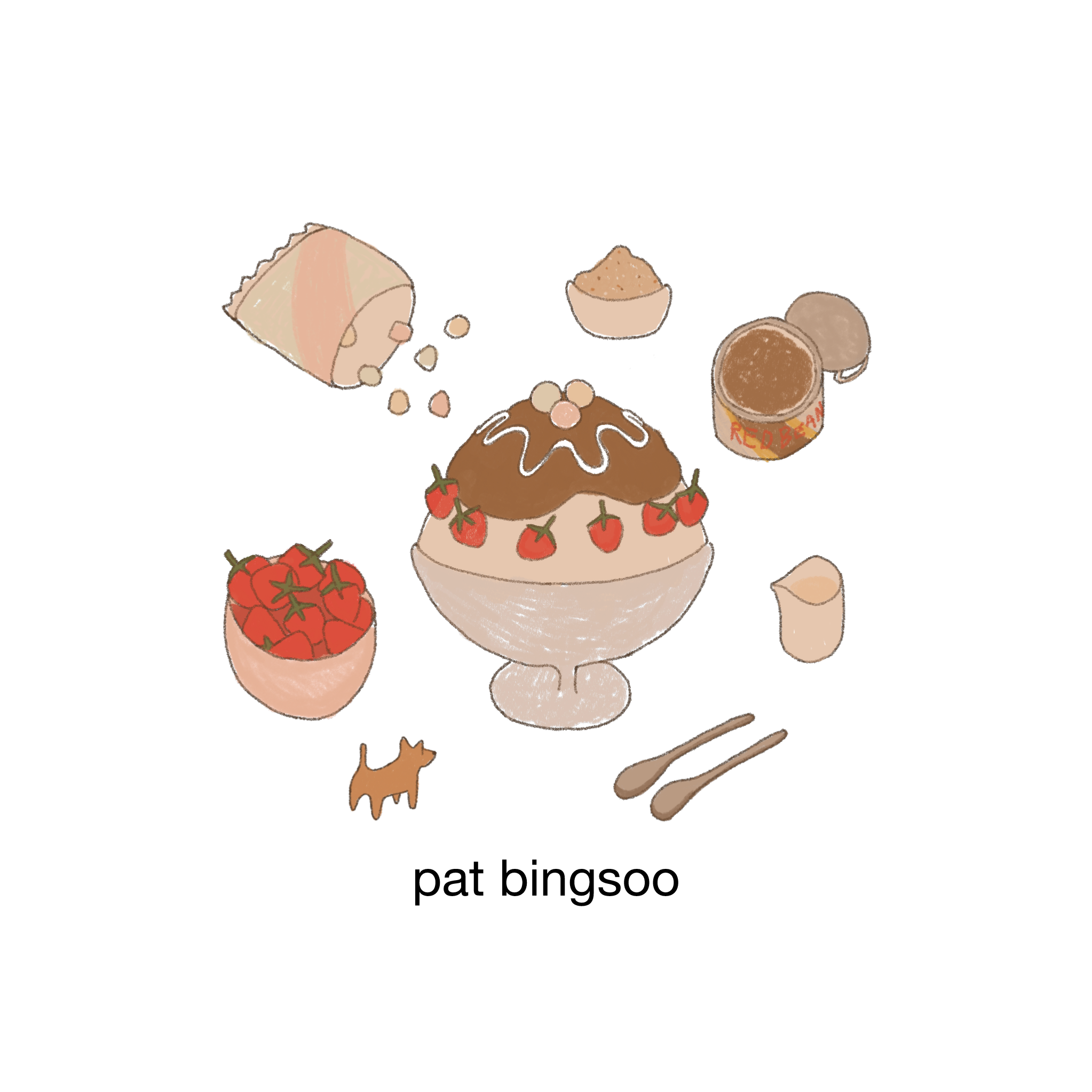August
August 15 Gwang Bok Jeol, National Liberation Day of Korea.
Along with 6-2-5, 8-1-5 is an unforgettable date for Korea. This public holiday is the day in 1945, when the Imperial Japanese Army surrendered to the Allies and the brutal, 35-year Japanese colonization over Korea was finally over. This is one of the only holidays celebrated in both North and South Korea, since the liberation was monumental for the entire country before it was divided.
The Ung-Gung-Qui Flower
This is a flower you can see in the wild in Korea, in the heat of august. Ung-Gung Qui roots were used in traditional medicine to stop bleeding, and the roots were also infused in alcohol to treat stomach problems.
A variety of this flower is also widely known as Milk Thistle in the Western world.
The hiStory of Pat-bingsoo
Before we even get to shaved ice, let’s start with the history of ice itself in South Korea. Was it even possible to enjoy ice in the summer months without electricity in the era of Josun (1300s)?
The answer is yes, and it wasn’t just a luxurious treat for the royal family, but was distributed among the commoners as well.
Surprisingly, the ice that was harvested from the frozen Han River in December and January was successfully stored and used from March all the way through September. This is because the Josun officials dug a very large and deep underground chamber, filled the entire chamber with ice without any gaps, and then sealed it airtight with hay until it was time to open it for distribution.
The preserved ice was then used in the upcoming months for the royal palace’s ceremonies, was given to the royal staff as their reward, then to elderly people to prevent themfrom overheating in the summer, to doctors to treat patients with fever, and even to help prisoners from overheating as well. It was quite the philanthropic operation.
Although the largest original ice chambers of Josun has disappeared, historical landmarks show that it spanned the entire area where now stands an elemantary school and the adjancent police station. Both school, the police station, and even the town is named after the ice chamber, Suh-Bingo (서빙고).
now back to where we got the Bingsoo from: The closest thing that resembles today’s bingsoo in Korean history was the frozen hwa-chae that the royal kitchen used to prepare with the ice from the Suh-Bingo.
Bingsoo took is shape mostly from the traditional Japanese Kakigori, where ice was hand shaved, then flavored with arrowroot vine. Kakigori made its way to Korea during the Japanese colonization (1915-1945), and evolved once with the influx of American products during the 6-25 war (canned fruit, condensed milk, chocolate syrup, etc), and then with additional toppings that became accessible with the introduction of the real refridgerator in 1970s (small mochi balls, jelly, red bean).
Today Pat-Bingsoo is better known as Bingsoo without the ‘Pat’ (red bean), as a wide variety with different flavors came about all across South Korea and the world. (source)
I prefer to use a japanese ice shaver rather than anything else. The authentic bingsoo texture is NOT the one of a hawaiian or italian shaved ice, and the one linked above comes closest for a countertop ice shaver.
instead of topping the bowl full of shaved ice, make about 1/4 cup shaved ice first in the bottom of the bowl, pour about 1/3 cup of milk first, then layer some misugaru, drizzle of condensed milk, and fruit
repeat the layering of the ice, misugaru, and condensed milk 2-3 times.
top the bingsoo with a dollop of the red bean, Joripong (or cereal of your choice), mochi, and a final drizzle of condensed milk. enjoy :)



